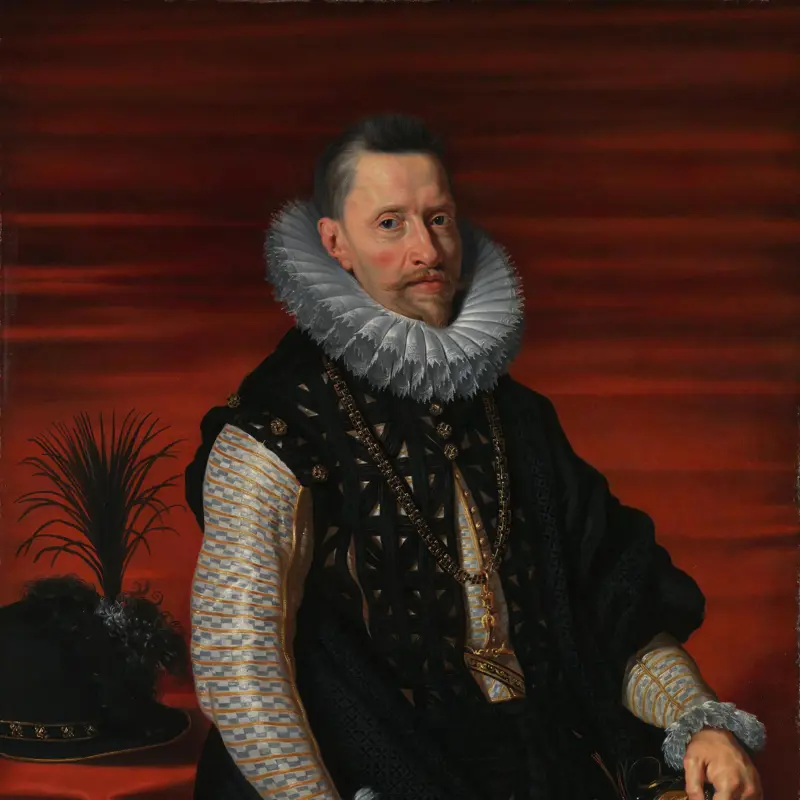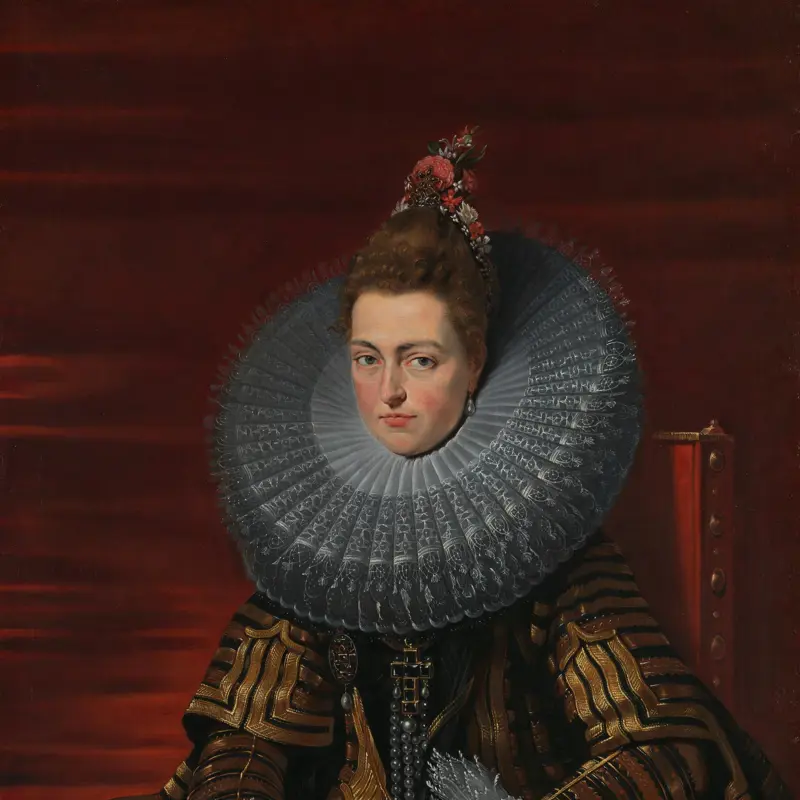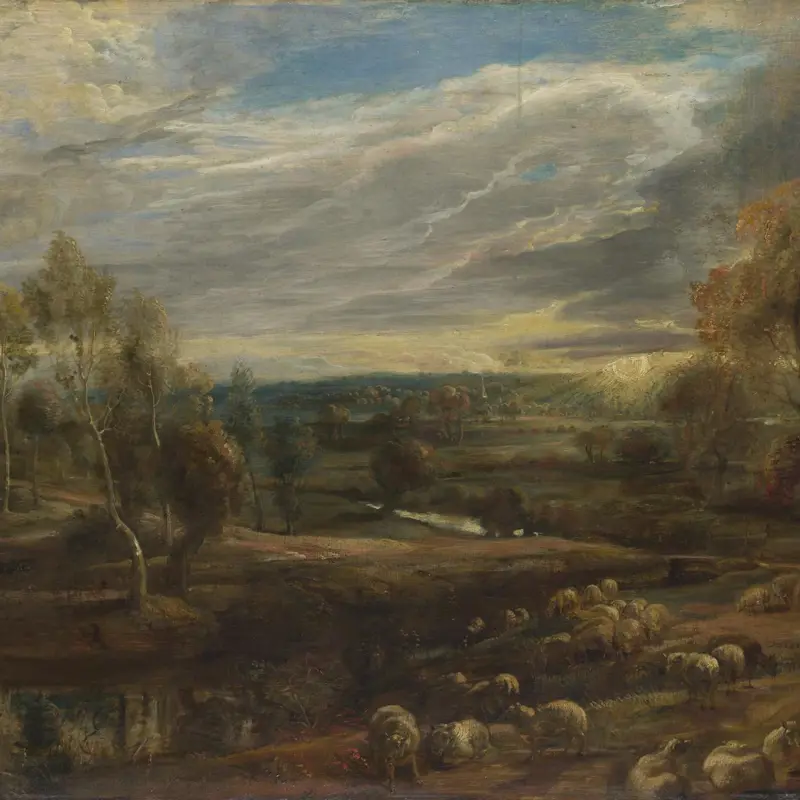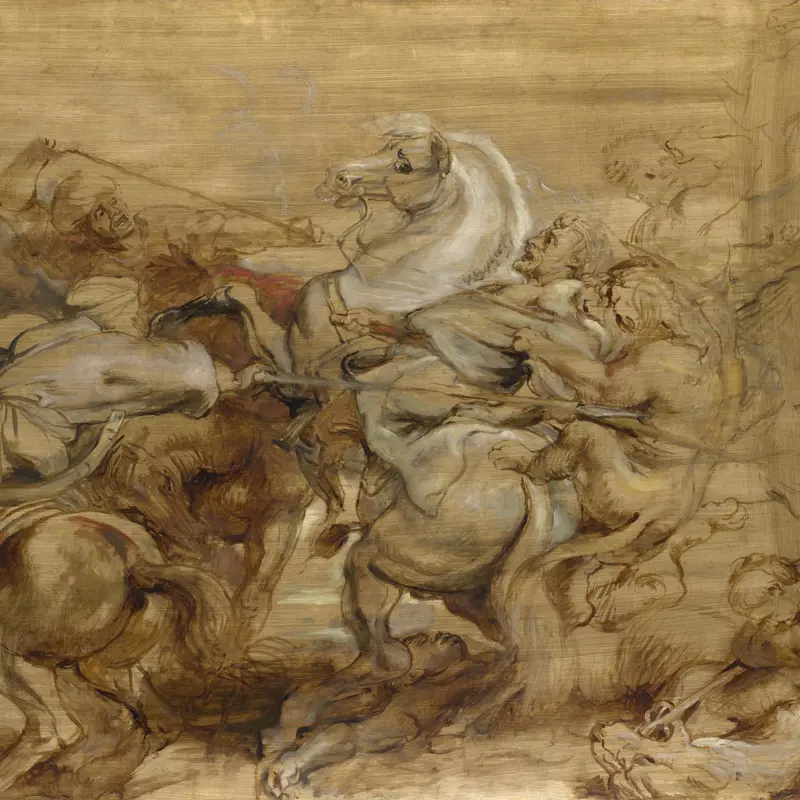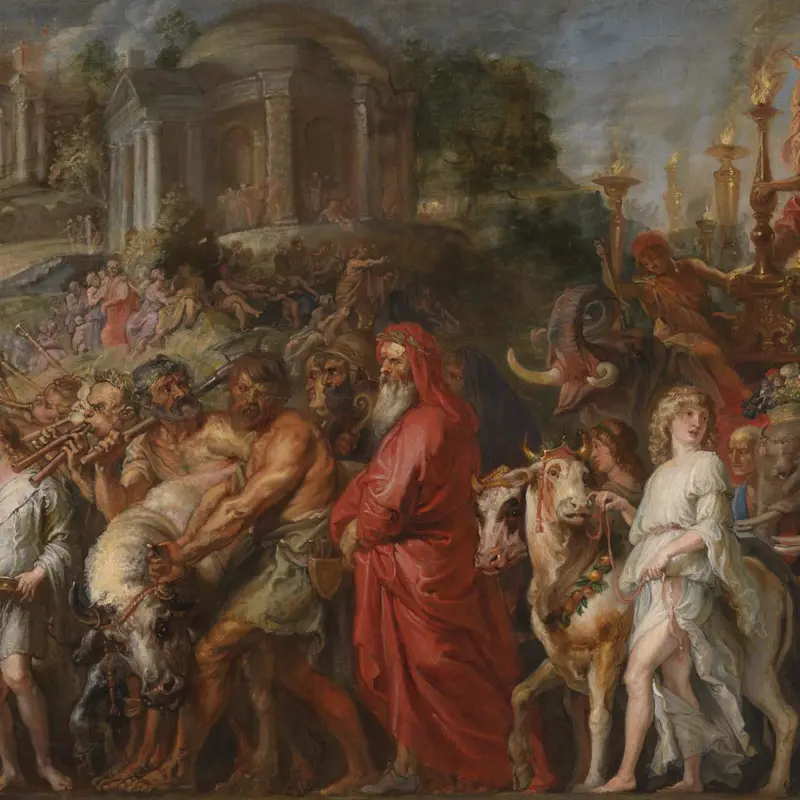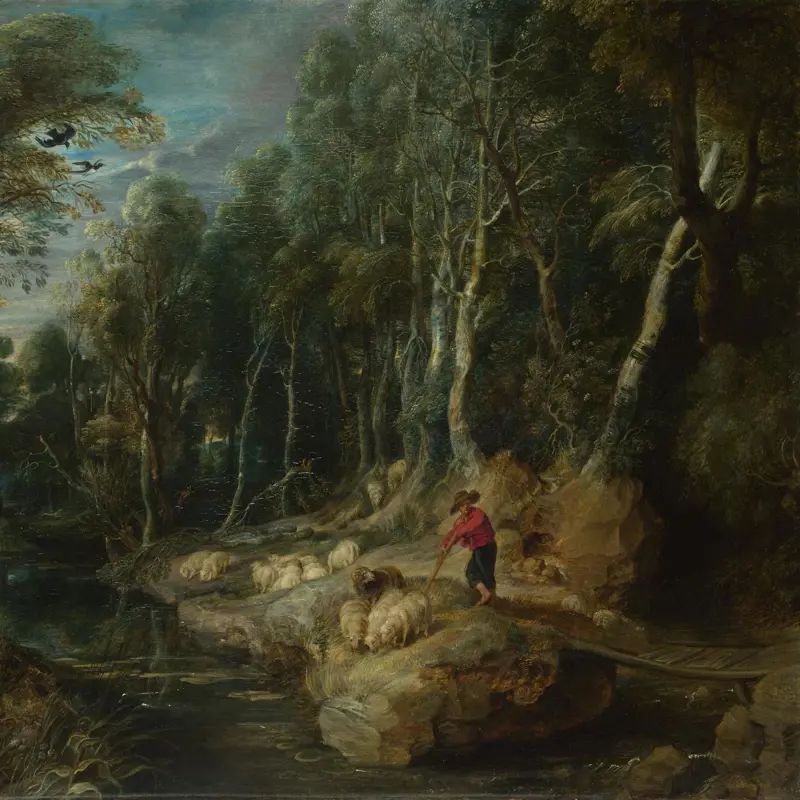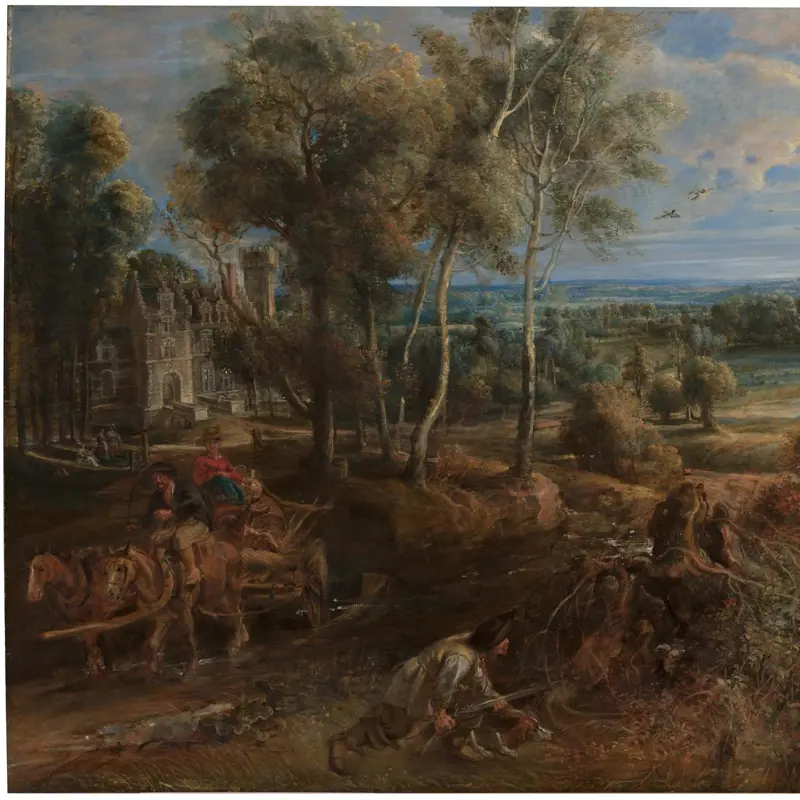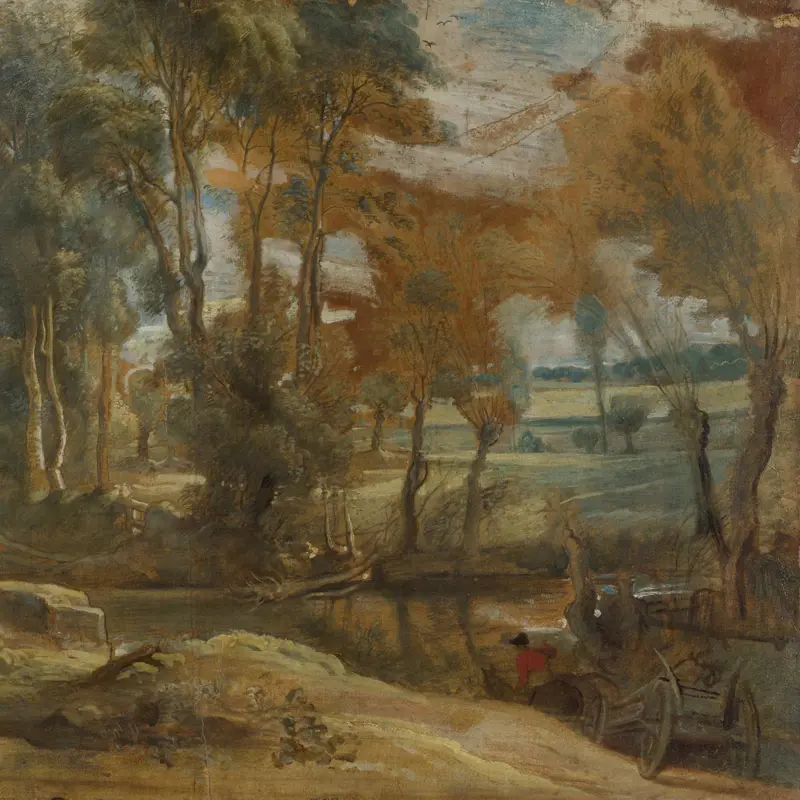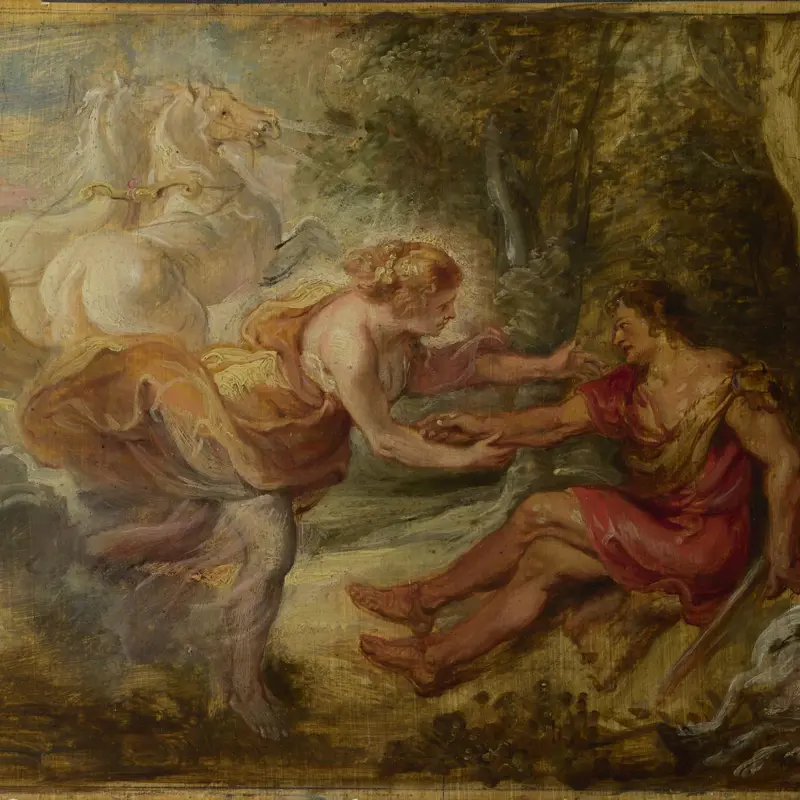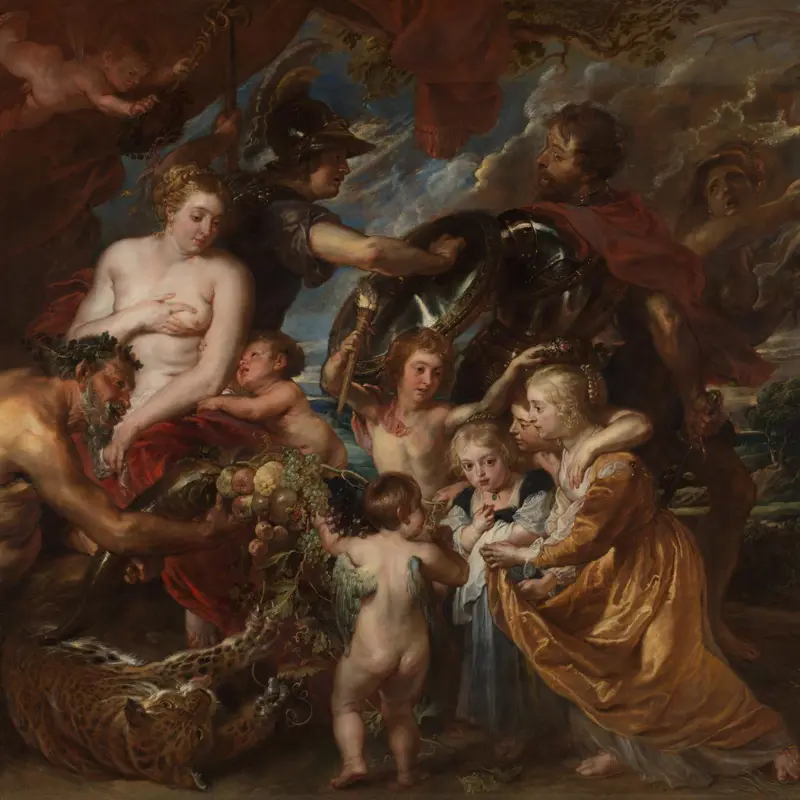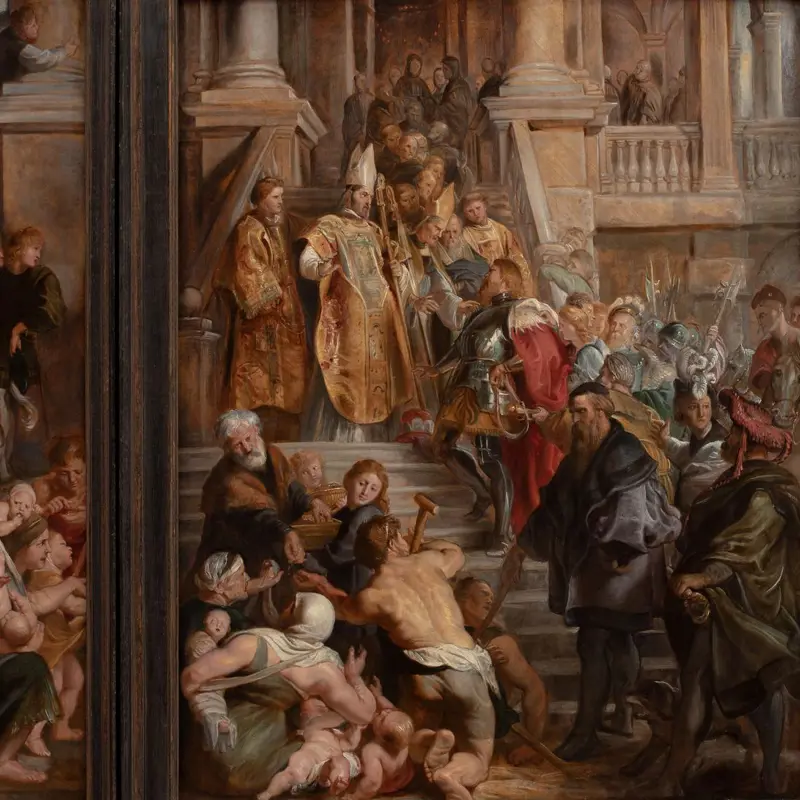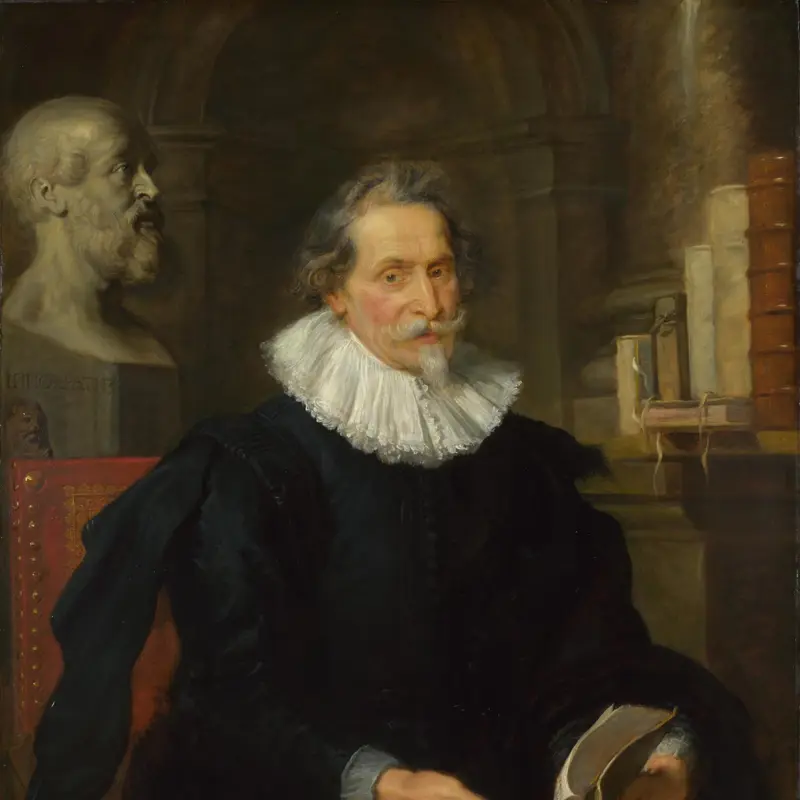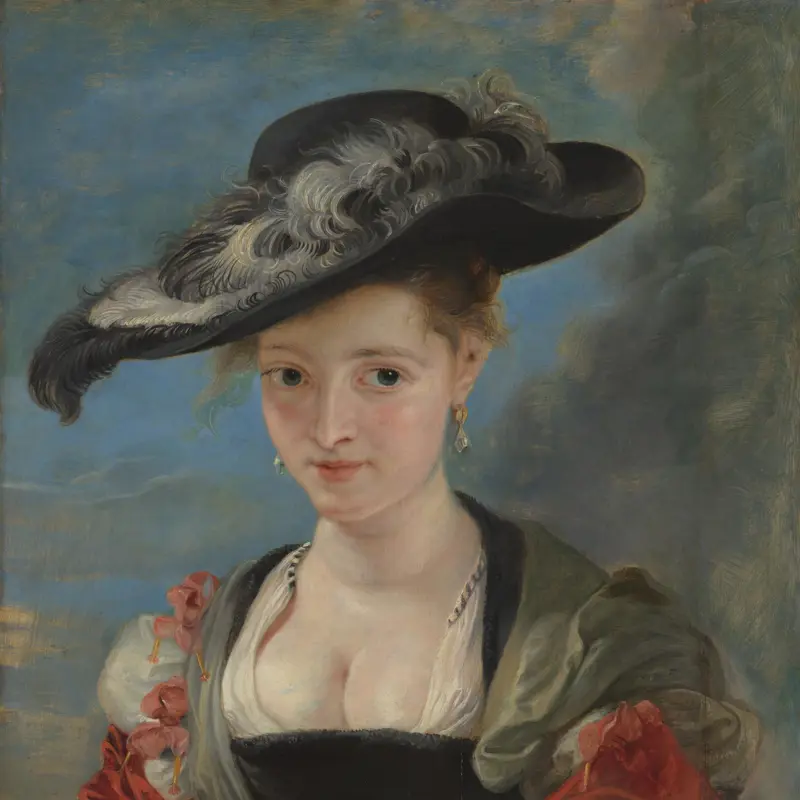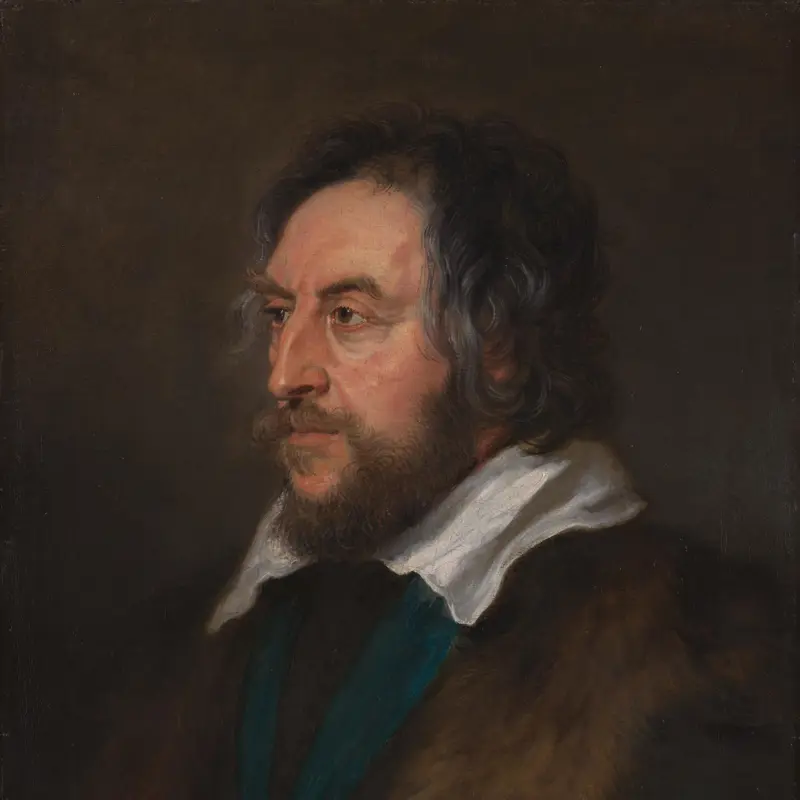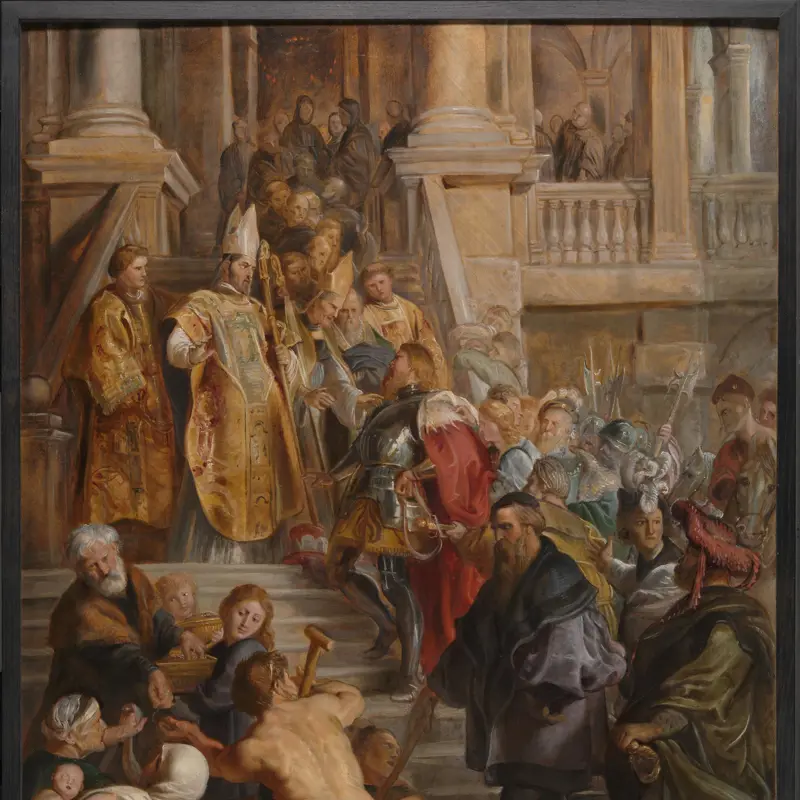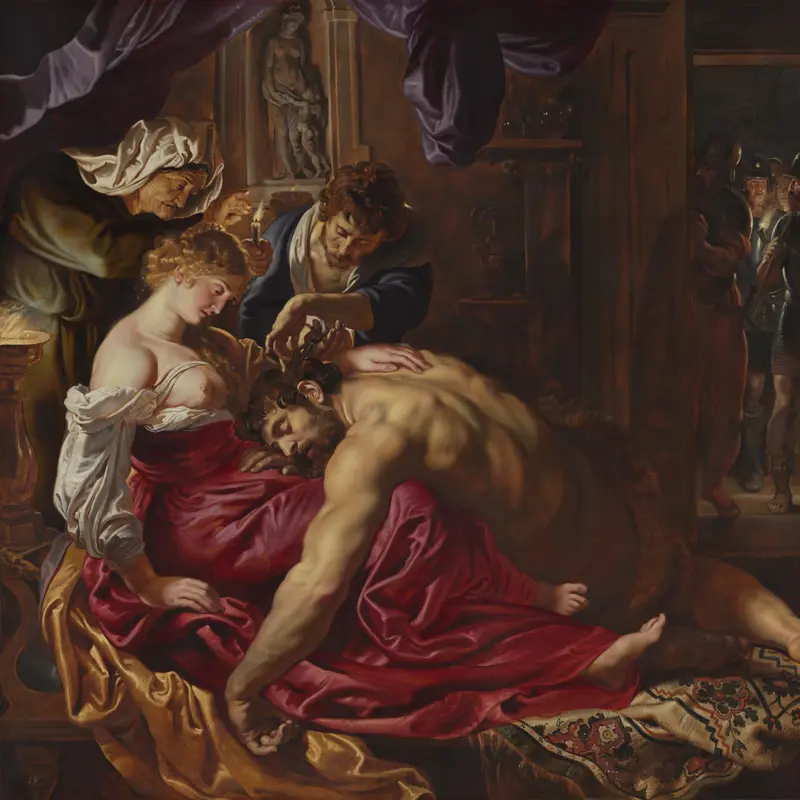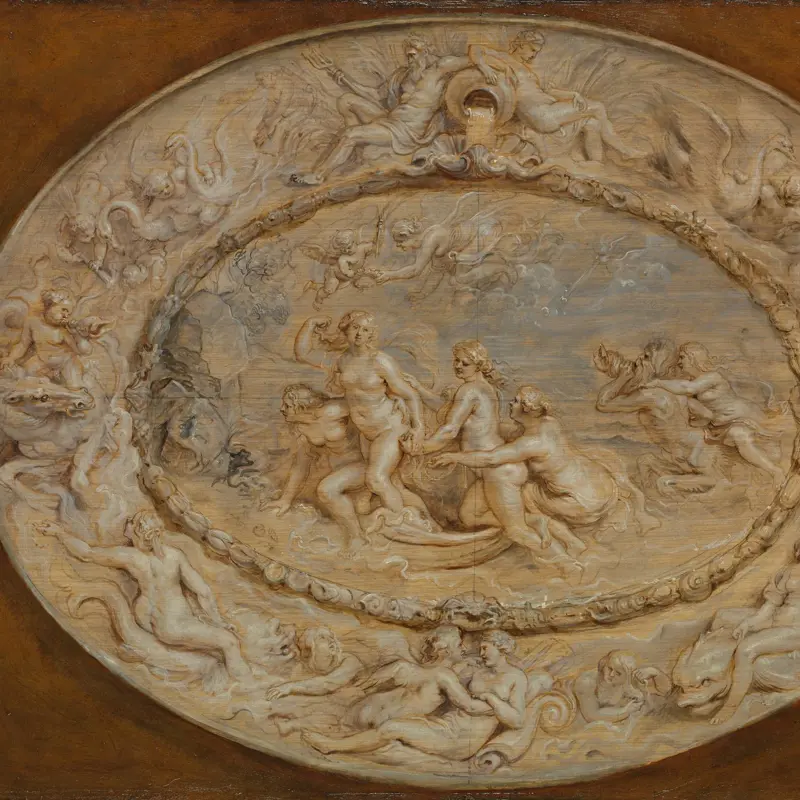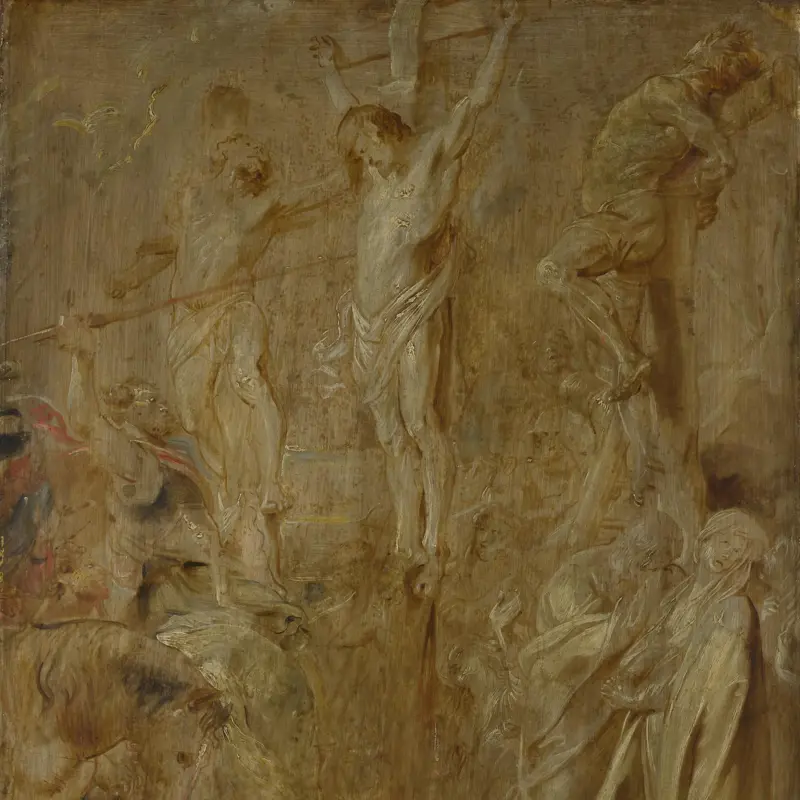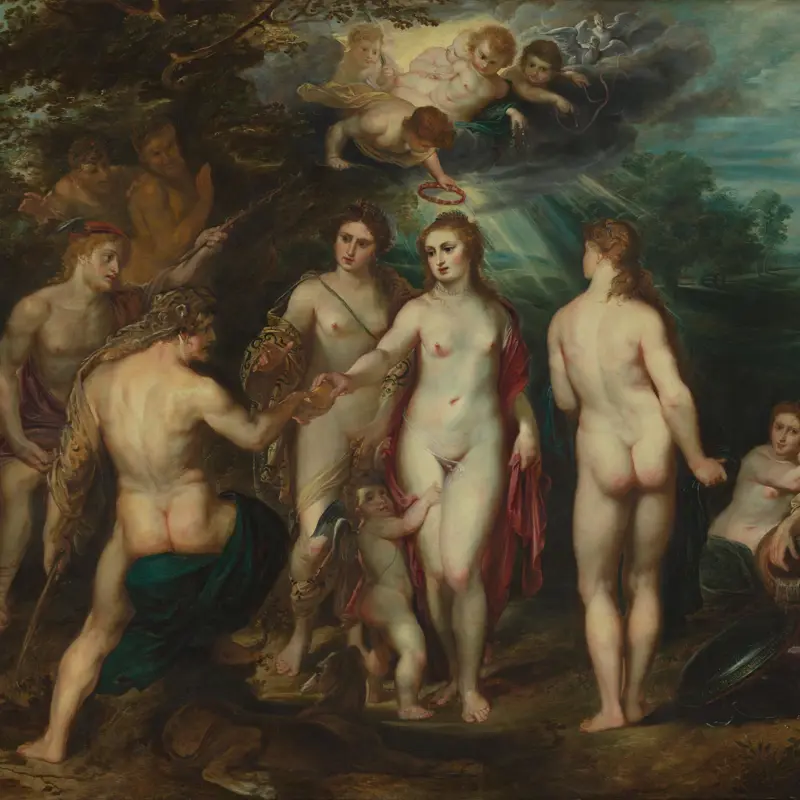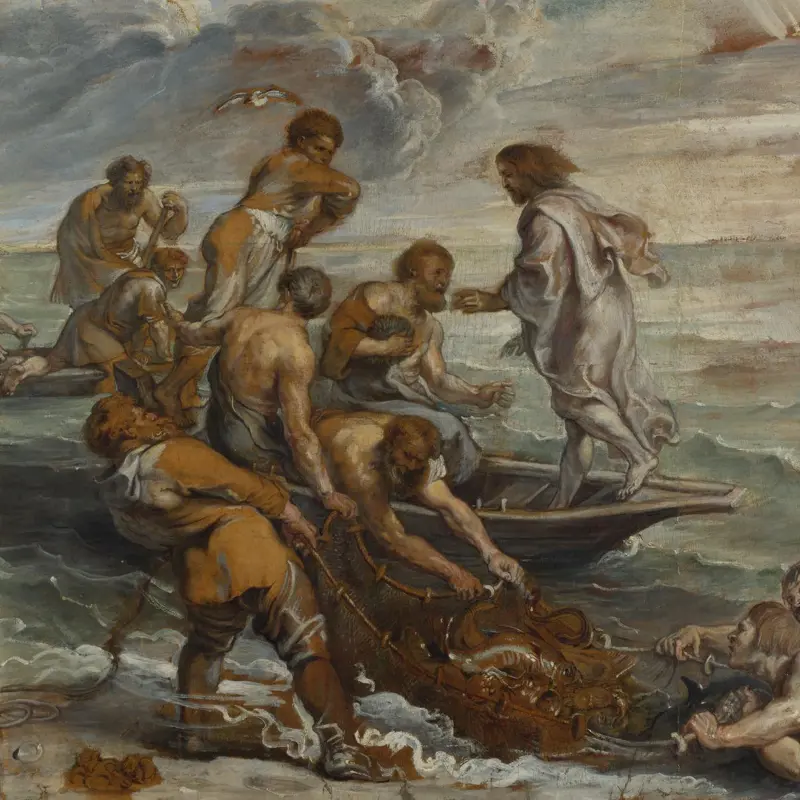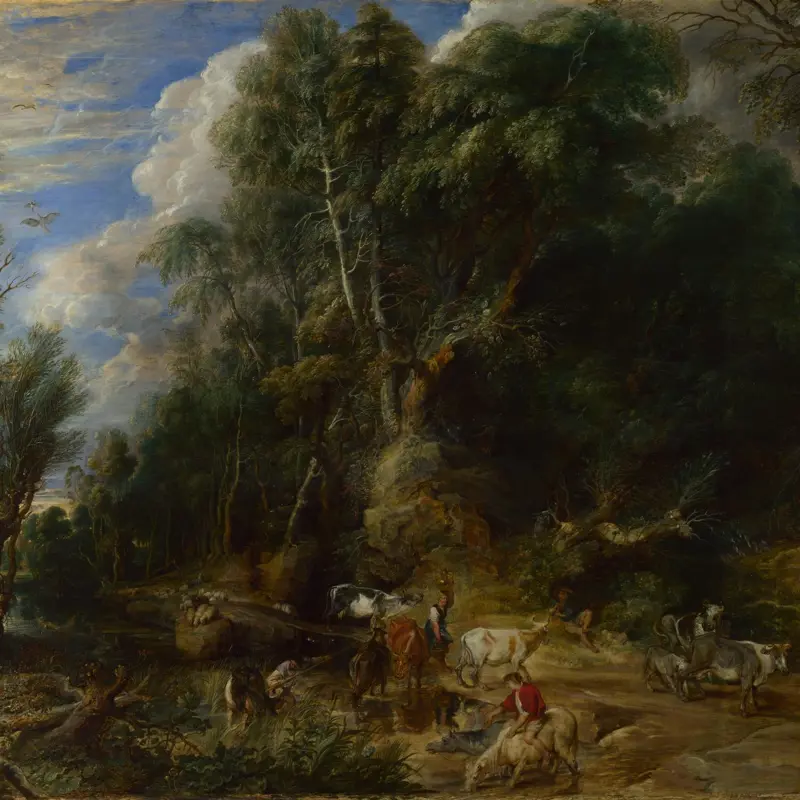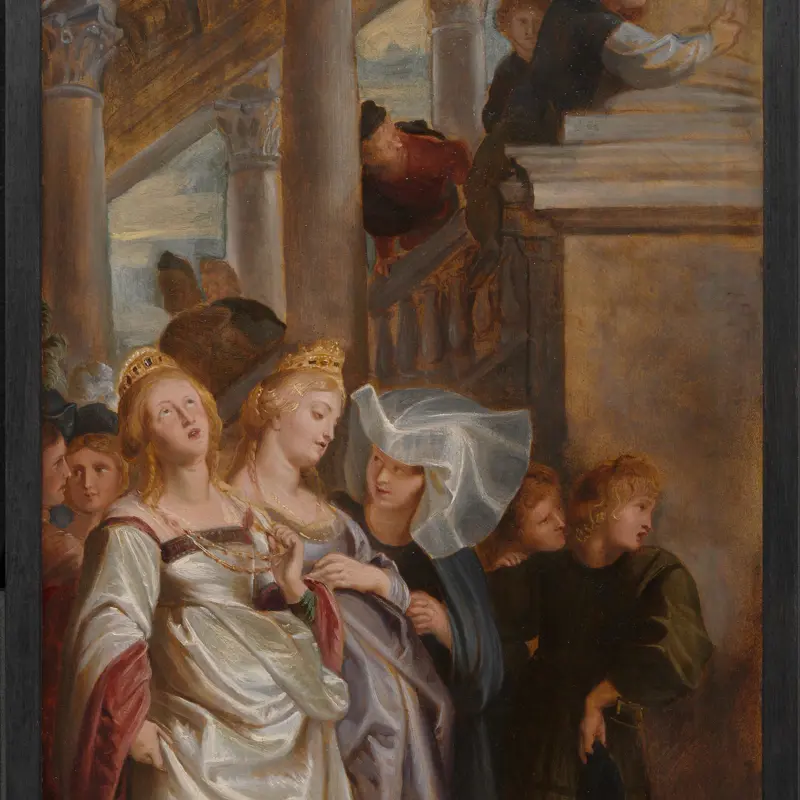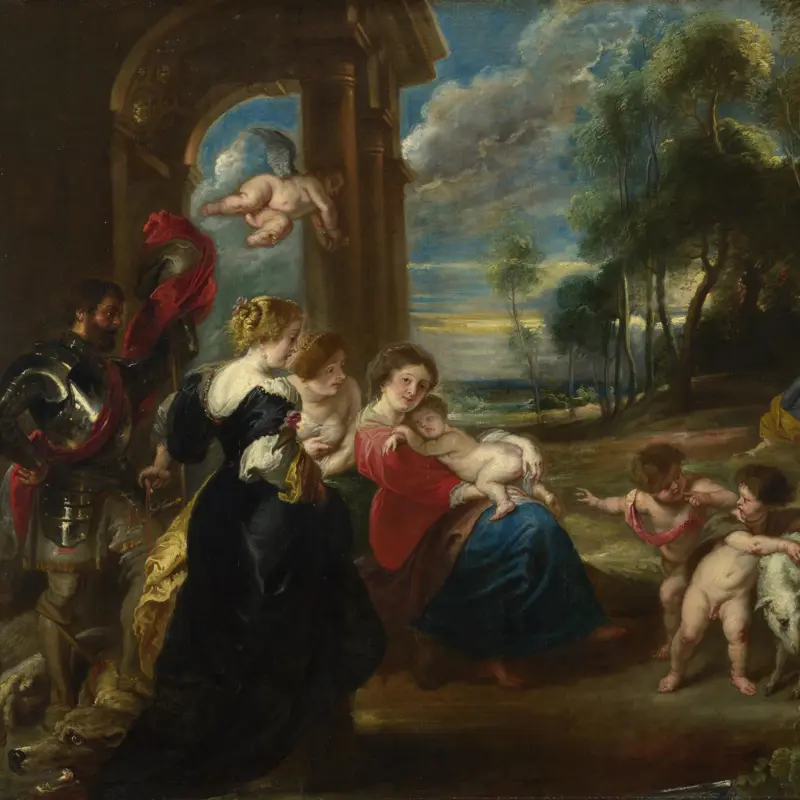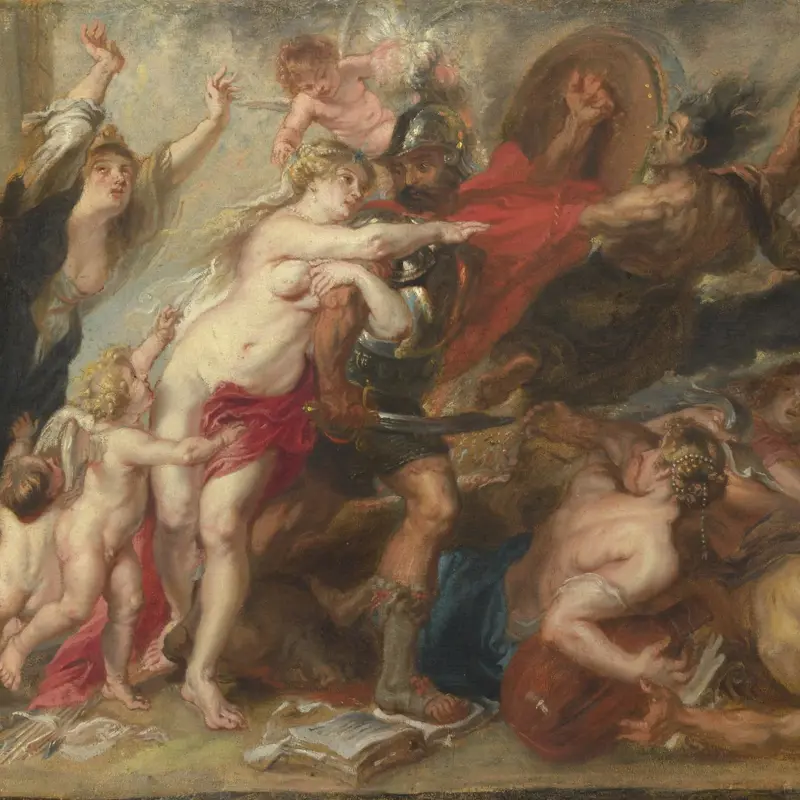Studio of Peter Paul Rubens, 'Portrait of the Infanta Isabella', about 1615
About the work
Overview
Isabella Clara Eugenia, Archduchess of Austria, was the daughter of King Philip II of Spain. She is shown sumptuously dressed in black and gold, with a spectacularly large ruff and spiky lace cuffs. She looks out at us with a hint of a smile in her eyes and around her mouth.
In 1599 Isabella married her cousin Albert, Archduke of Austria, and they were made joint Sovereign of the Seventeen Provinces of the Netherlands by her father. When Albert died in 1621, Isabella was confirmed as sovereign in her own right. She tried untiringly to bring an end to the fighting in the Netherlands that broke out after the failure of a 12-year truce between the Protestant Northern Provinces, which were struggling for independence from Spain, and the Southern Provinces (Flanders), which were predominantly Roman Catholic.
Rubens was both court painter and a trusted adviser of Isabella throughout her reign. When she died in 1633, she was described by her chaplain as ‘the wisest and most accomplished princess'.
Key facts
Details
- Full title
- Portrait of the Infanta Isabella
- Artist
- Studio of Peter Paul Rubens
- Artist dates
- 1577 - 1640
- Part of the series
- The Archduke Albert and the Infanta Isabella
- Date made
- about 1615
- Medium and support
- oil on canvas
- Dimensions
- 120.5 × 88.8 cm
- Acquisition credit
- Bequeathed by Richard C. Jackson, 1923
- Inventory number
- NG3819
- Location
- Not on display
- Collection
- Main Collection
Provenance
Additional information
Text extracted from the ‘Provenance’ section of the catalogue entry in Gregory Martin, ‘National Gallery Catalogues: The Flemish School: circa 1600–circa 1900’, London 1986; for further information, see the full catalogue entry.
Exhibition history
-
2017Rubens - Princely PortraitsMusée du Luxembourg3 October 2017 - 15 January 2018
-
2018The Eighty Years WarRijksmuseum Amsterdam12 October 2018 - 20 January 2019
Bibliography
-
1986Martin, Gregory, National Gallery Catalogues: The Flemish School, circa 1600 - circa 1900, London 1986
-
2001
C. Baker and T. Henry, The National Gallery: Complete Illustrated Catalogue, London 2001
About this record
If you know more about this work or have spotted an error, please contact us. Please note that exhibition histories are listed from 2009 onwards. Bibliographies may not be complete; more comprehensive information is available in the National Gallery Library.
Images
About the series: The Archduke Albert and the Infanta Isabella
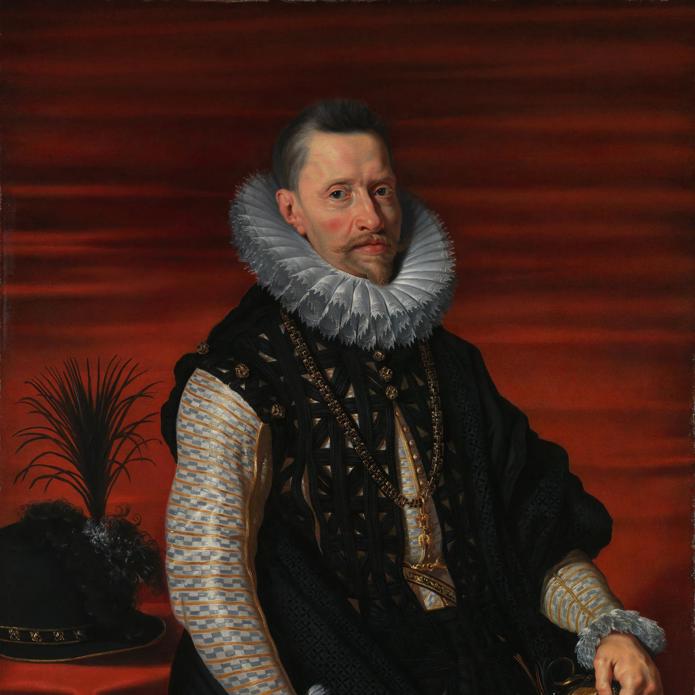
Overview
These two portraits were made as pendants, or companion pieces, and would have hung side by side. They show the Archduke Albert of Austria and the Infanta (or Princess) Isabella, joint sovereigns of the Seventeen Provinces of the Spanish Netherlands. The position was granted to them by Isabella’s father, Philip II of Spain, on their marriage in 1599.
The Southern Provinces (Flanders) were, like Spain, Roman Catholic, but the Northern Provinces were predominantly Protestant and had fought hard for independence. Albert and Isabella were, in effect, rulers of Flanders only, but they had a strong sense of duty to the people as well as to the Spanish crown, and set out to create a sense of national identity. They were patrons of the arts and made Rubens court painter.
The portraits are likely to be studio copies rather than by Rubens himself. They were possibly made after two originals which are now lost but which are known through prints made after them.

